Those who prefer convenient and safe transportation of goods often pay attention to sea freight. One of the reasons is the ships’ large capacity, which is an essential condition for the shipment of large consignments. The challenge is to figure out how to organize all this cargo inside to deliver it in one piece.
Readers will learn about the benefits of managing your cargo space and how the Load Calculator functionality improves your logistics operations.
Space planning essentials
By properly loading a container or truck, you can accommodate even more goods than you originally expected. This is a significant saving of time and money through efficient stuffing planning.
Smart transportation preparations prevent additional charges and fees. Further cost-saving opportunities are mentioned below:
- in case of incorrect loading, the number of checks of your cargo increases, which causes delays as well
- if you are transporting food, it will spoil if it is not staffed correctly
- empty space is a major threat to safe transportation as well
- by overweight or incorrectly loaded cargo, you can damage to your container or truck
Also, there are a lot of mandatory rules for weight distribution inside the container. Some of them are outlined here:
- minimize empty space between your boxes, big bags, sacks, barrels, and rolls as possible
- it is important that the center of gravity of the cargo is as close as possible to the center of the container if the goods are handled by cranes or forklifts
- neither half of the container should maintain more than 60% of the weight of the cargo
- if you plan to ship any type of dangerous goods, they are always placed at the bottom of the container
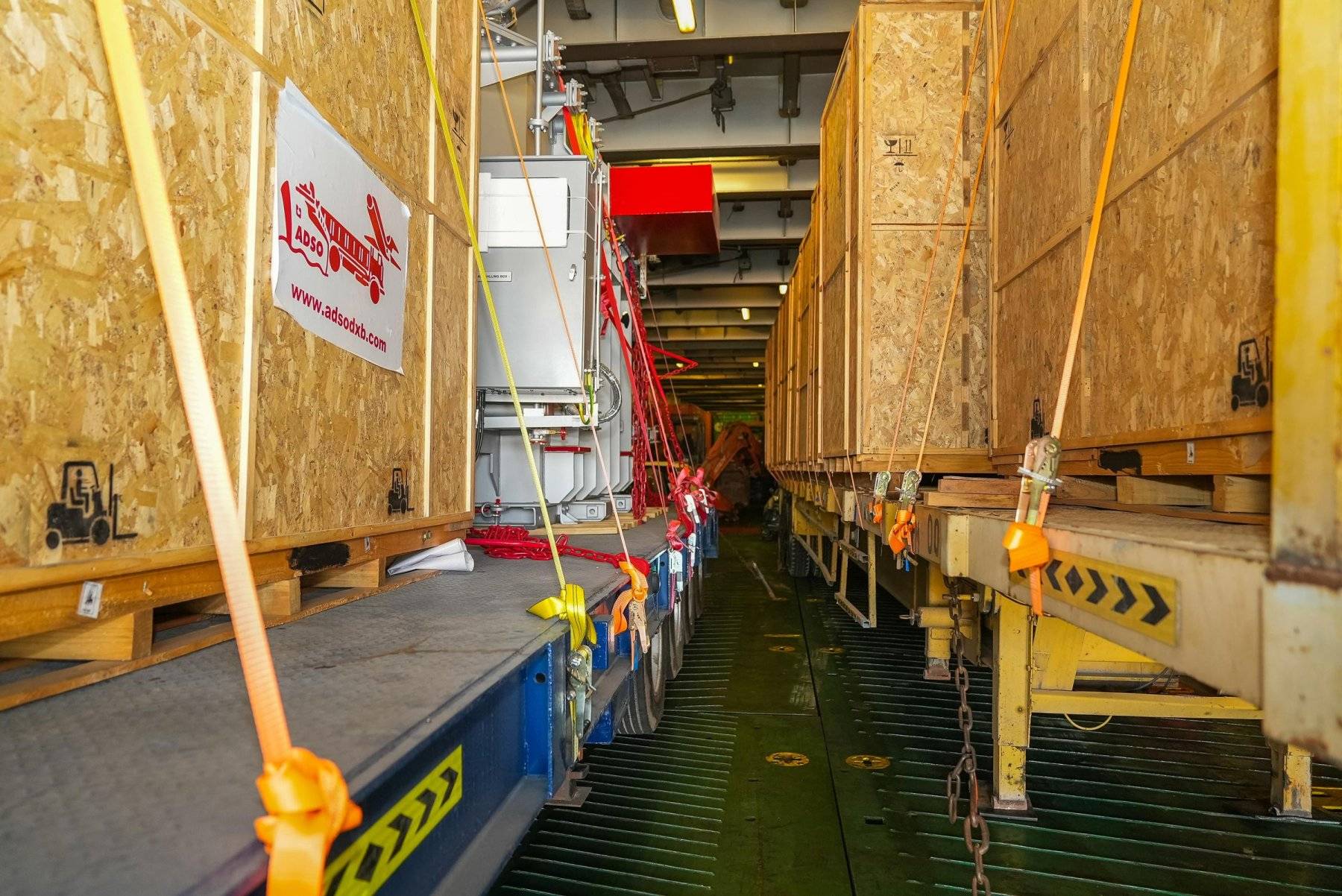
On your own, it can be too difficult to eliminate as much empty space between your boxes or take into account your own needs in how the goods will be unloaded from the container or truck. To avoid inconvenience and additional costs, turn to advanced tool for logistics optimization.
Why should I start using the Load Calculator?
Multiple standards and conventions, such as ISO 1496 and CSC, define limits on the permissible loads for container and truck loads. Hence, there is a demand for a convenient logistics program that takes into account standard rules as well as your cargo types and all delivery wishes.
One of the tools for organizing logistics operations is the Load Calculator. This is a way to help logistics providers and trading companies save time and money on loading. While planning future shipments, you can find out the best way to load cargo into a container and protect yourself from damage to goods or containers.
How does it work: guide on Load Calculator
The preparation of transportation is not a matter of long-term expectation. So you can prepare the loading of your cargo in just 3 quick steps:
Step 1. Decide loading mode
At this point, select the method of stuffing cargo (boxes, big bags, sacks, barrels, or rolls). And your goods can be loaded in groups. This is necessary to ensure that the unloading of goods is predictable and does not cause any delays or difficulties.
Next, you have to specify the size, weight, and quantity of each of your goods. You can even choose the color that the Load Calculator will use to label your shipment when it is loaded.
Or you can import all your cargo data into the Load Calculator at once.
You also make a choice about the order of loading—which Group of products comes after which one.
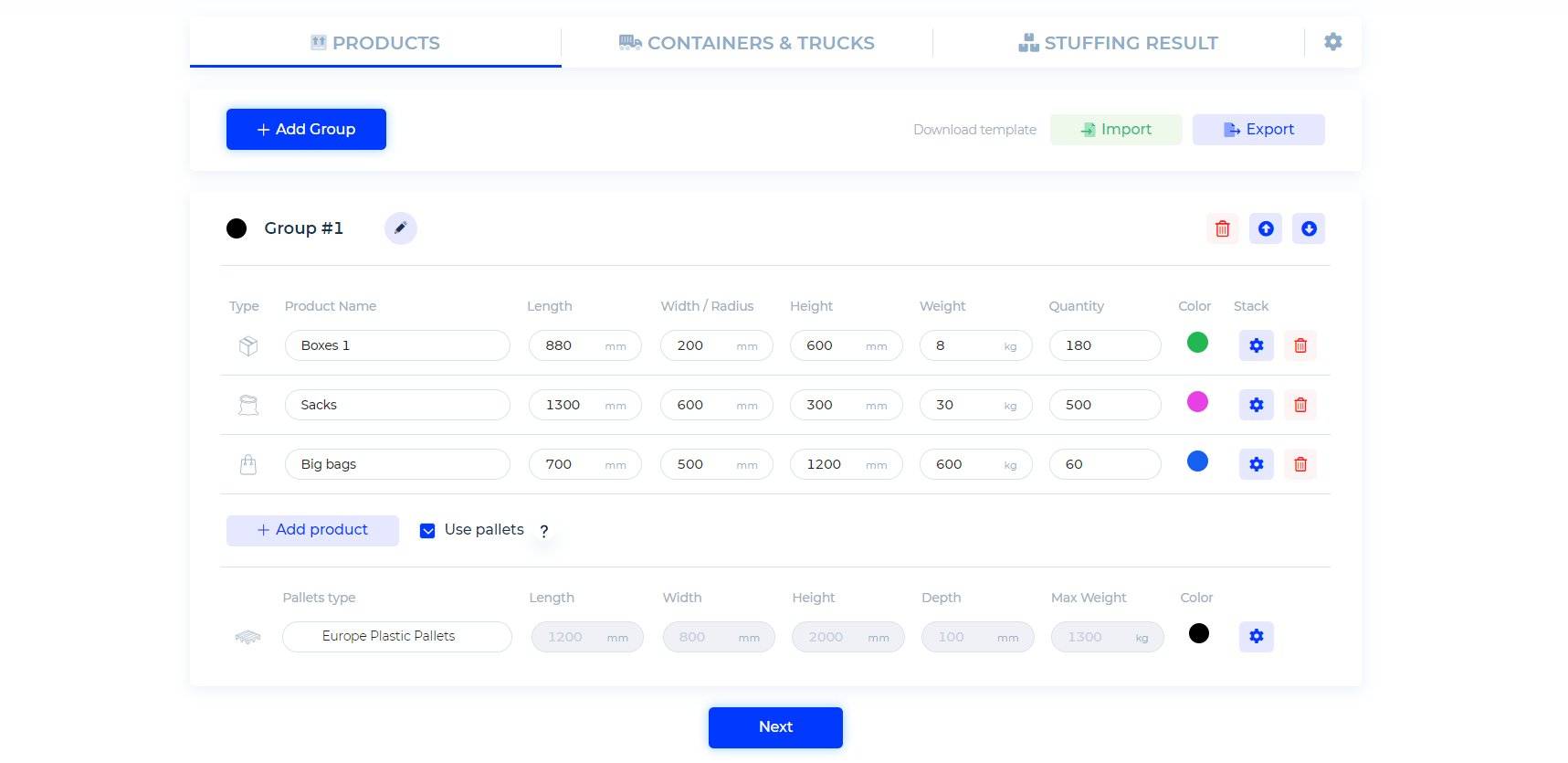
In the settings for each cargo, you can enter all your own parameters, which gives you a customized solution:
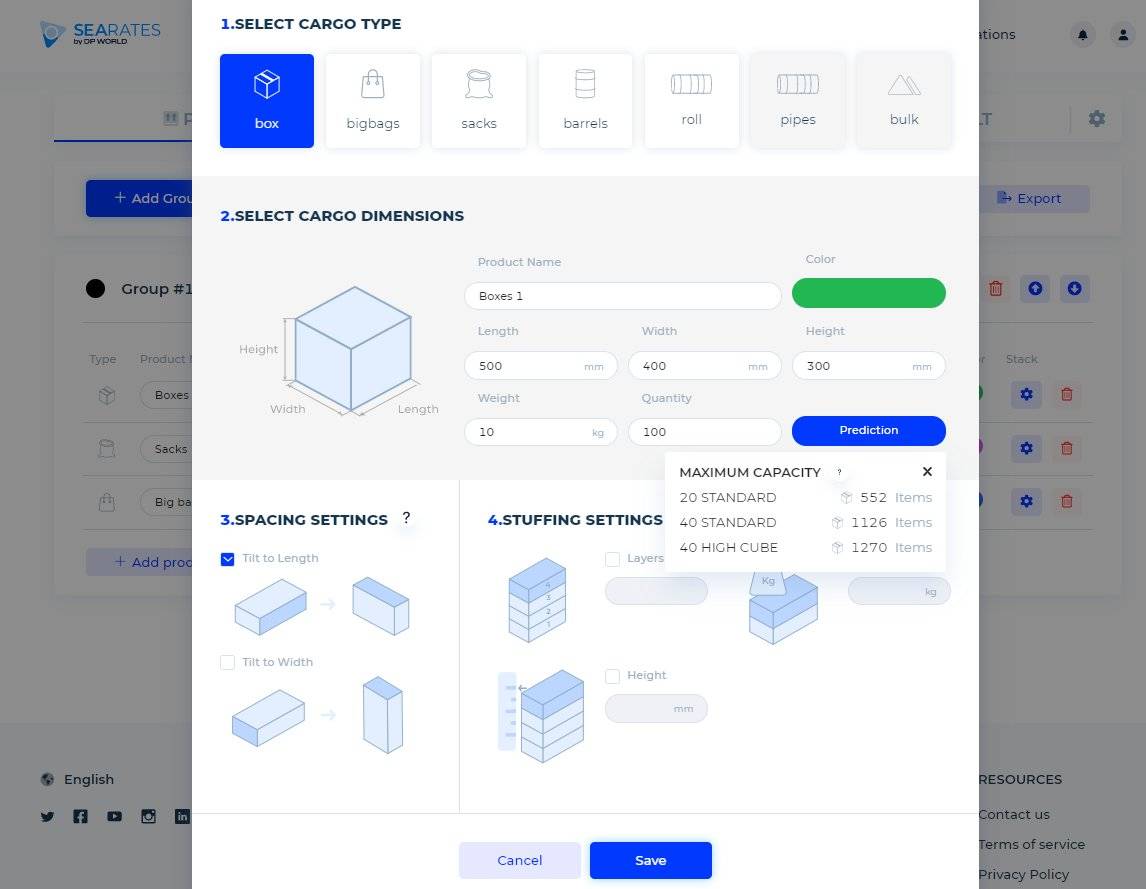
This is a solution, for example, for fragile goods that cannot be placed on top of others.
Also, it is time to use the palletization option if you plan to freight different types of cargo at the same time. Here, you specify the dimensions of the pallet and cargo parameters:
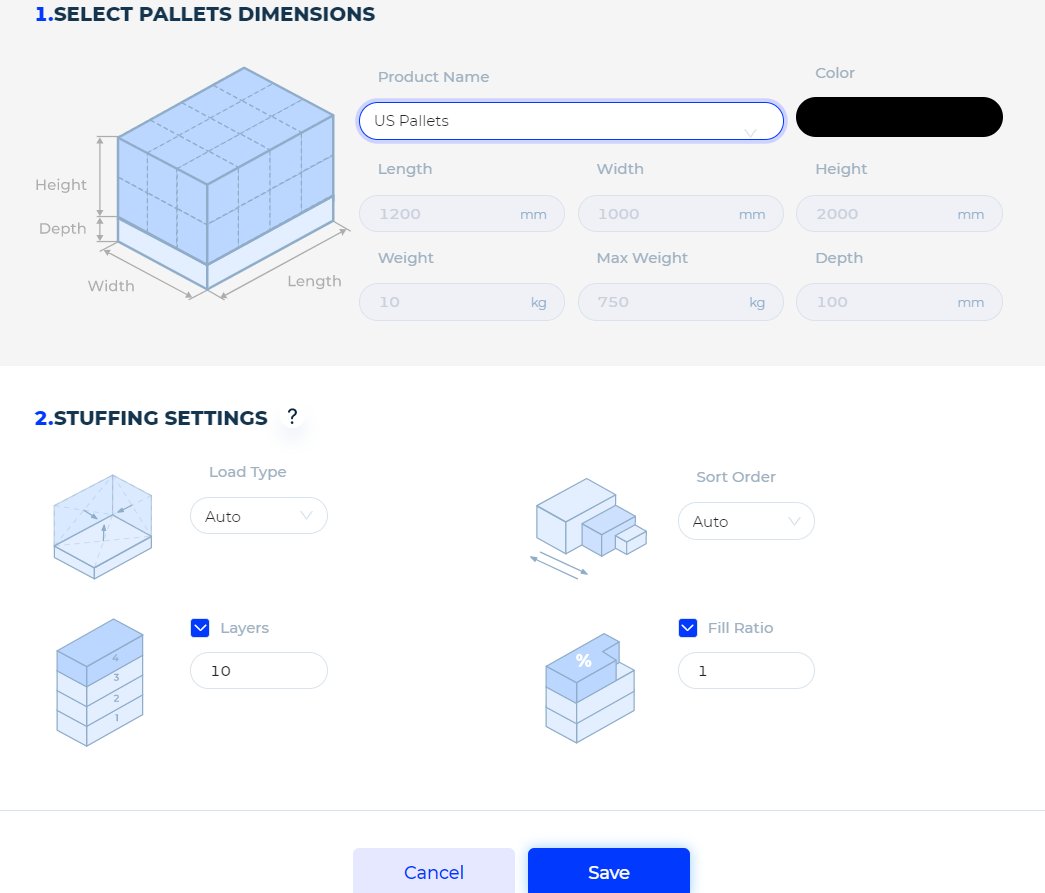
Step 2. Pick your transport
Specify and select the type of transport, or the Load Calculator can automatically decide the unit for you:
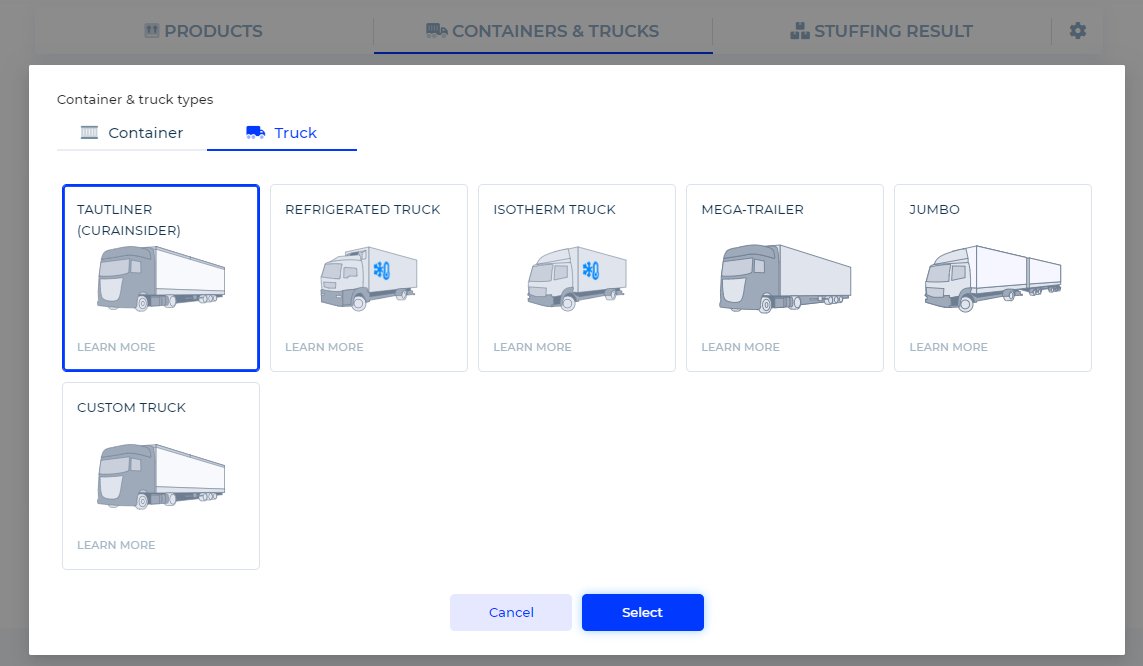
If you do not find the desired container or truck in the selection, enter its data and Load Calculator takes it on board when creating the scheme.
Customized loading is also available, so you can choose how each cargo group should be loaded in the queue.
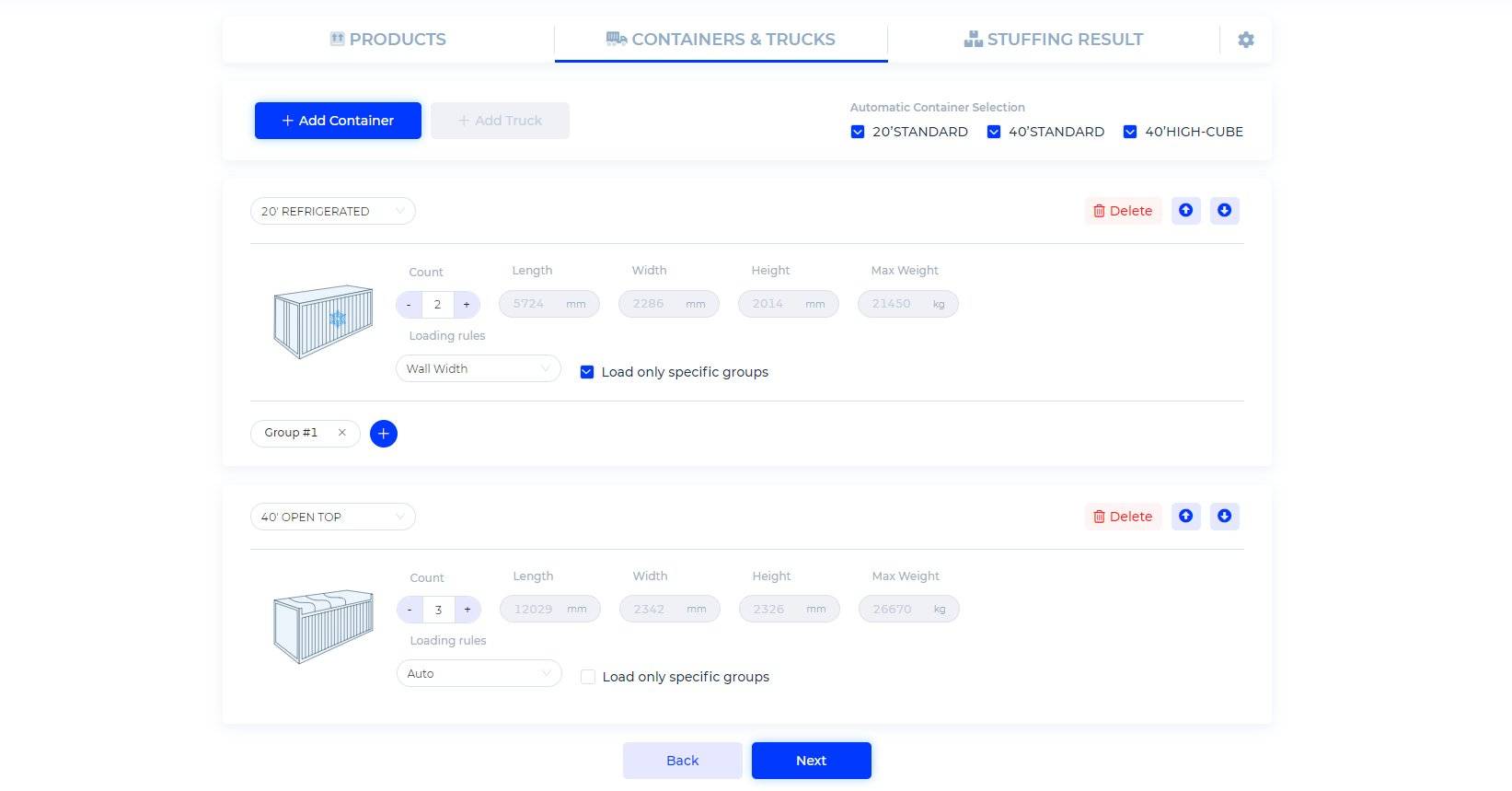
The tool also selects the position of the cargo (tilted in length or width). In the case of the transportation of goods in rolls, you will be offered two options for loading them:
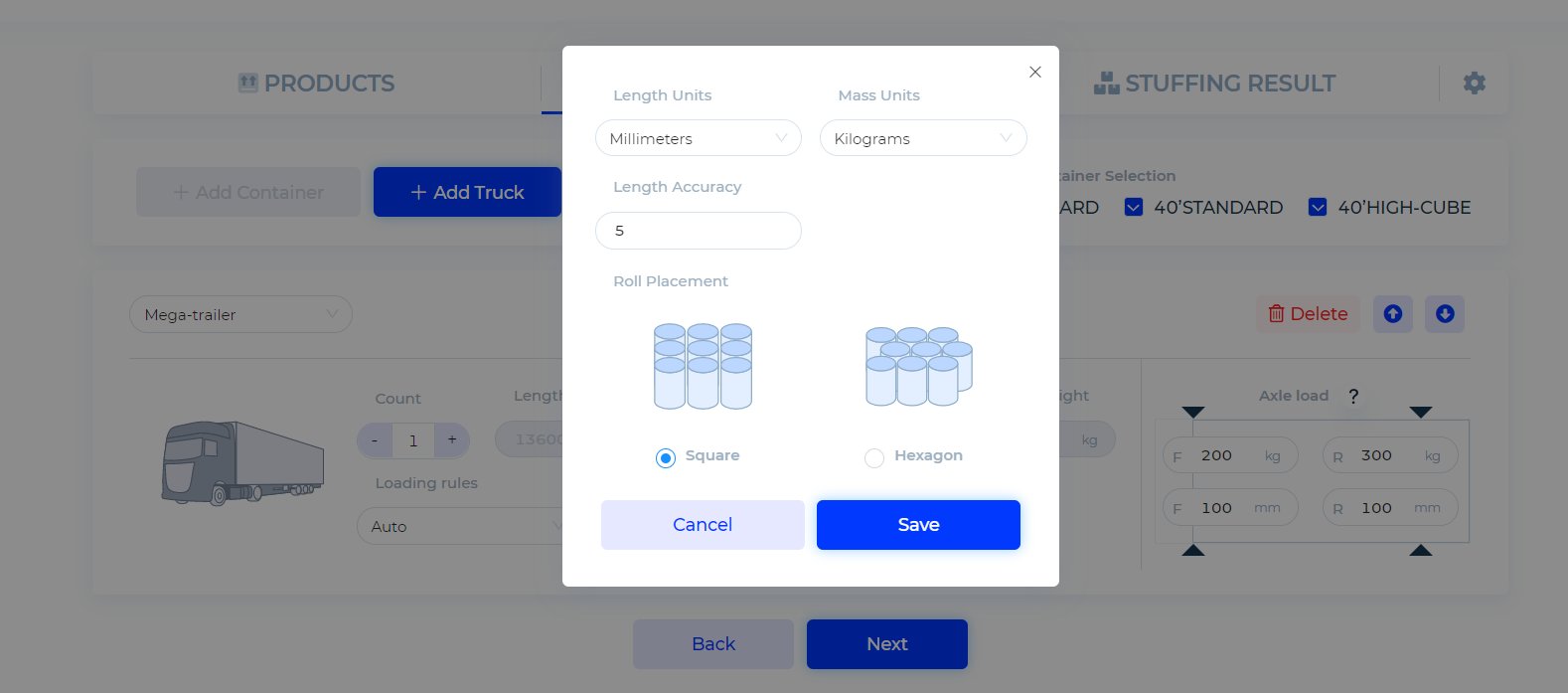
Step 3. Take a result
Afterward, you can see all the containers and trucks you picked and downloaded data for use when freight loading.
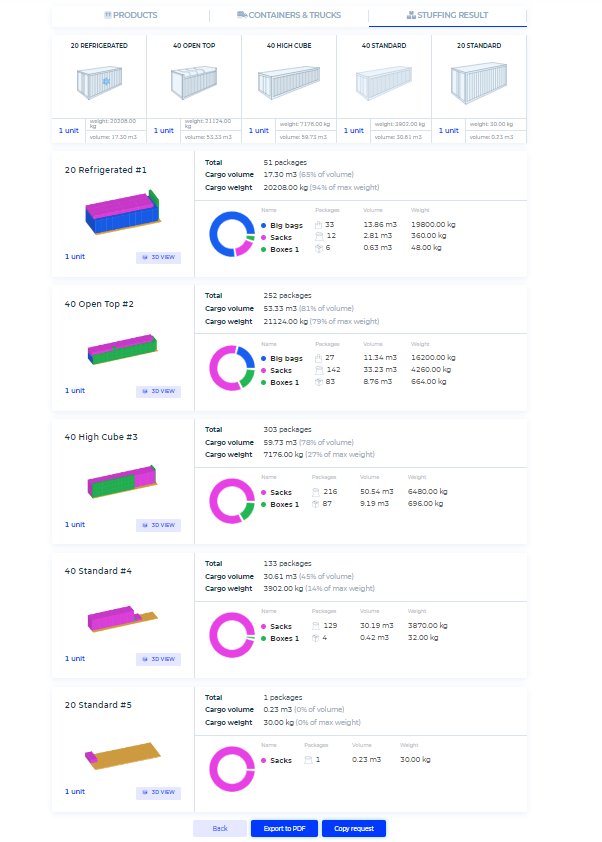
By following these steps, you will get the right 3D stuffing scheme. Different colors are assigned to different products or groups of products. Visual planning makes the tool a perfect logistics assistant.
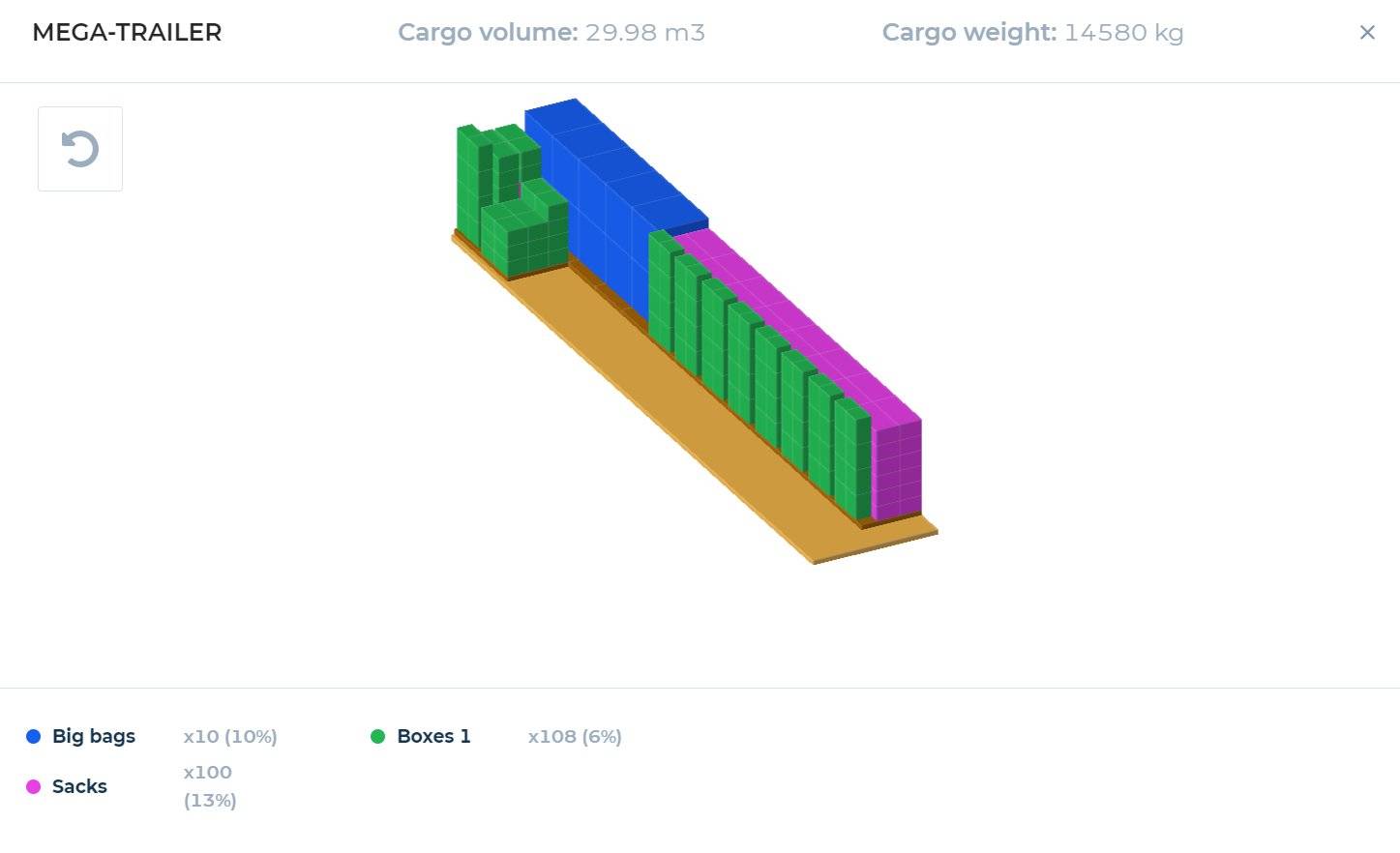
Then you are ready to fill out the Request a Quote form to get the best freight rate for the shipping of this cargo.
Great opportunities with Load Calculator for your business
For advanced and customized features of the Load Calculator tool, SeaRates offers 3 options: on the SeaRates.com website, as a white-label widget for your website, and as an API integration. There is more to learn about it here.
By integrating it, you can provide your customers with advanced services and convenient technologies right on your website.
Conclusion
The main goal of the shipping campaign is to deliver the cargo safely and with care. For reasons of consideration of all logistics nuances and your own wishes, automated programs are demanded.
Now you can see how the SeaRates team is driven to continuously enhance our logistics services and tools to optimize your time and help you avoid unnecessary fees.
Please contact us at logistics@searates.com for assistance with your shipping needs.

